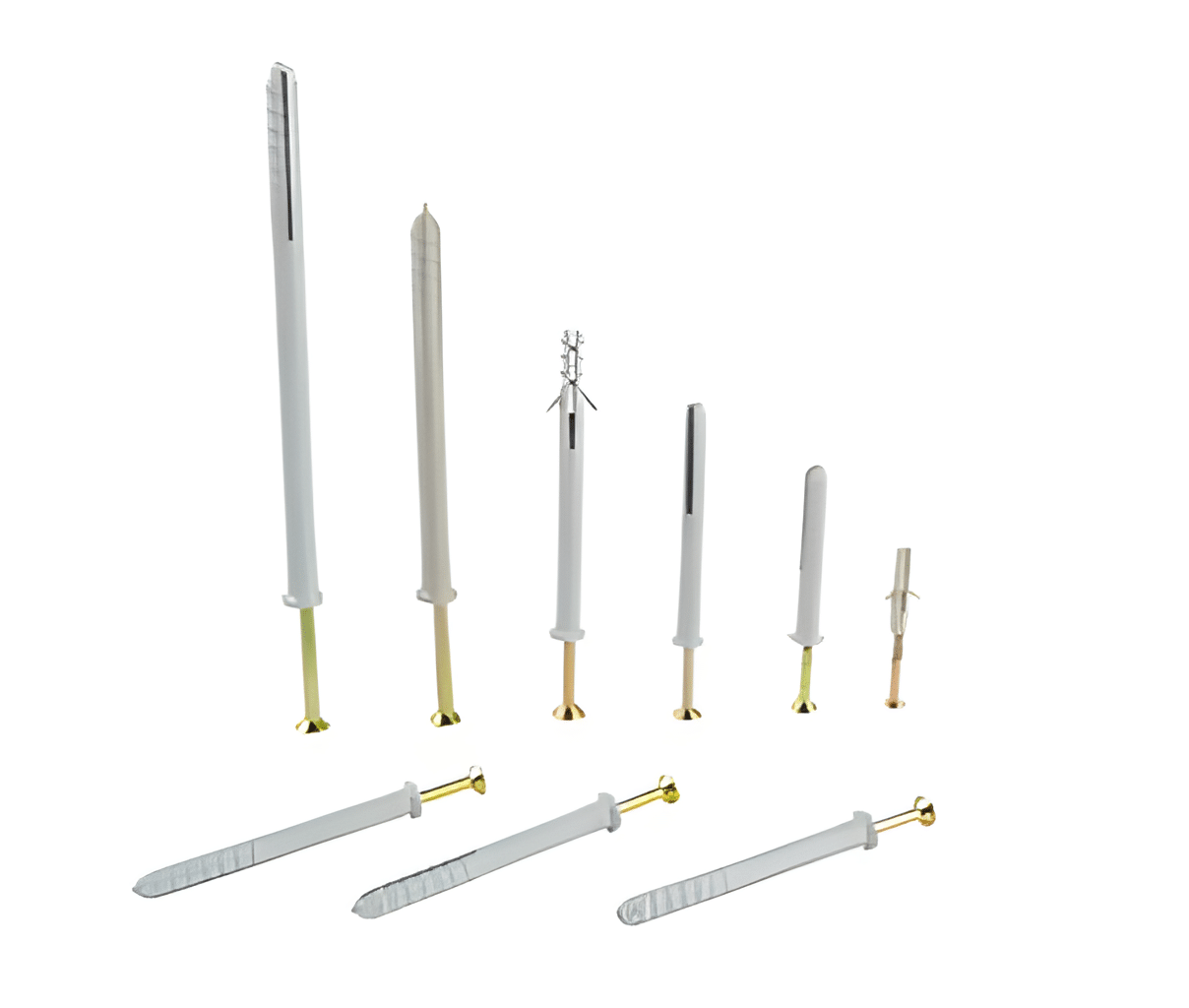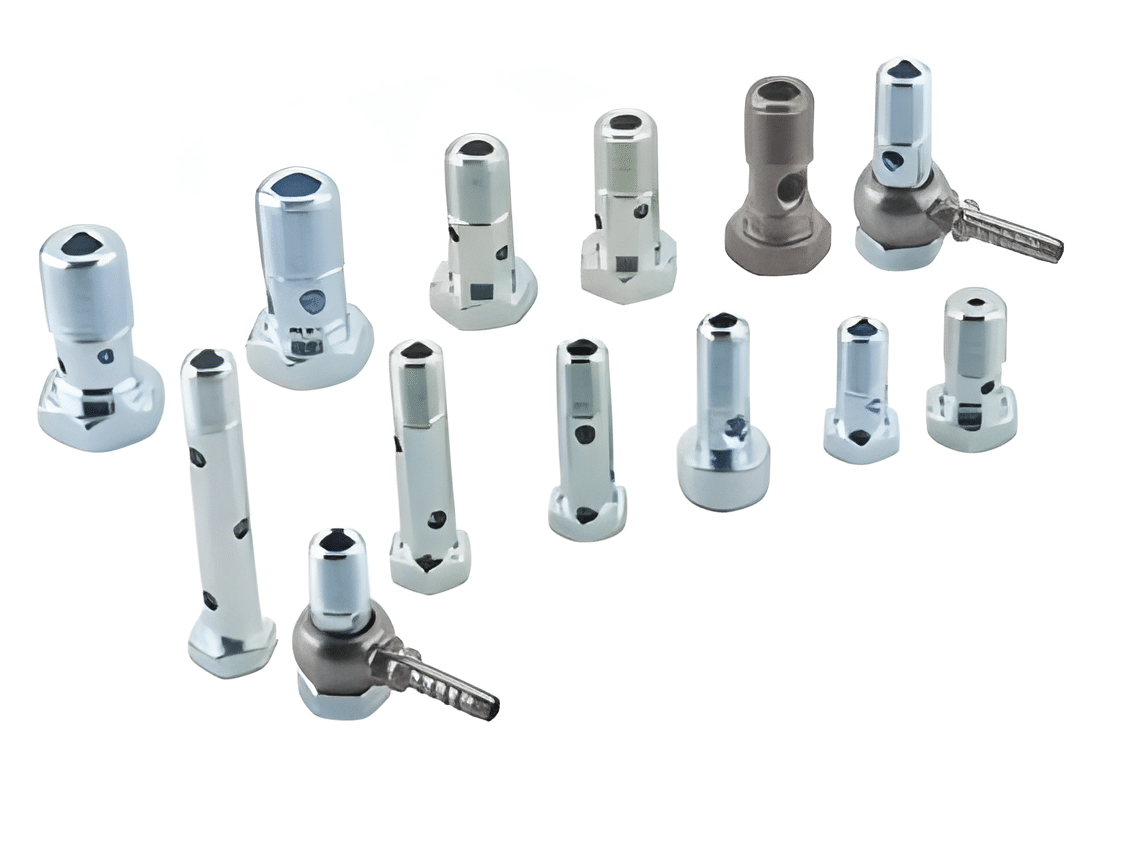Introduction to the Arctic Sea Route
With global climate change, the Arctic ice is gradually melting, making the Arctic Sea Route (ASR) an emerging route for international trade. Compared with the traditional Suez Canal route, Arctic Shipping can significantly shorten the transportation time between Asia and Europe and reduce logistics costs. For the hardware industry, this change may bring new opportunities for Supply Chain Optimization and market expansion.
Logistics Advantages of the Arctic Sea Route
- Shorter voyage, faster transportation
Through the Arctic shipping lane, the voyage from China to Europe can be reduced by 30%-40%, saving about 10 days.
Fast delivery is especially critical for suppliers of products such as Building Hardware and Industrial Hardware.
- Reduced transportation costs and increased competitiveness
Shorter voyages mean less fuel consumption and lower transportation costs.
A more efficient supply chain helps to increase the competitiveness of products in Global Trade.
- Reduced geopolitical risks
Traditional shipping routes, such as the Suez Canal or the Strait of Malacca, can be subject to geopolitical influences.
The Arctic shipping lane provides a more stable alternative route, ensuring the stability of the hardware industry’s supply chain.
Challenges of the Arctic shipping lanes
- Climate and environmental impacts
Extreme weather and ice floes remain major challenges for Arctic shipping.
Transportation companies need specially designed vessels to adapt to cold temperatures and ice conditions.
- Inadequate infrastructure
Currently, there are fewer ports along the Arctic coast and a lack of adequate logistics supply stations.
For the hardware industry, transportation delays may affect order fulfillment.
- Uncertainty of international regulations and policies
Russia has dominant rights over Arctic shipping lanes, and some areas require special permits.
Increasingly stringent environmental regulations may affect future shipping policies.
How can the hardware industry utilize the Arctic shipping lanes?
- Optimize supply chain and improve delivery efficiency
The use of Arctic shipping routes can reduce lead times and increase customer satisfaction.
Companies can evaluate different shipping options to optimize their international logistics (Global Logistics).
- Find a reliable logistics partner
Choose a supplier with Arctic shipping experience to ensure transportation safety and compliance.
Combine traditional and new shipping routes to enhance global trade flexibility.
- Monitor trends in Arctic shipping lanes
Monitor international policy changes in order to adjust market strategies.
Study how to incorporate Arctic shipping lanes into long-term supply chain strategies.
Conclusion
The rise of the Arctic shipping lanes has opened up new possibilities for international trade, and is especially critical for global supply chain optimization in the hardware industry. Although the route still faces challenges, with improved infrastructure and technological advances, it could become an important gateway for international logistics in the future. Hardware manufacturers and exporters who are able to plan ahead will have a head start in competing in the global market.
Do you think the Arctic shipping lane will become a mainstream route for future trade?


